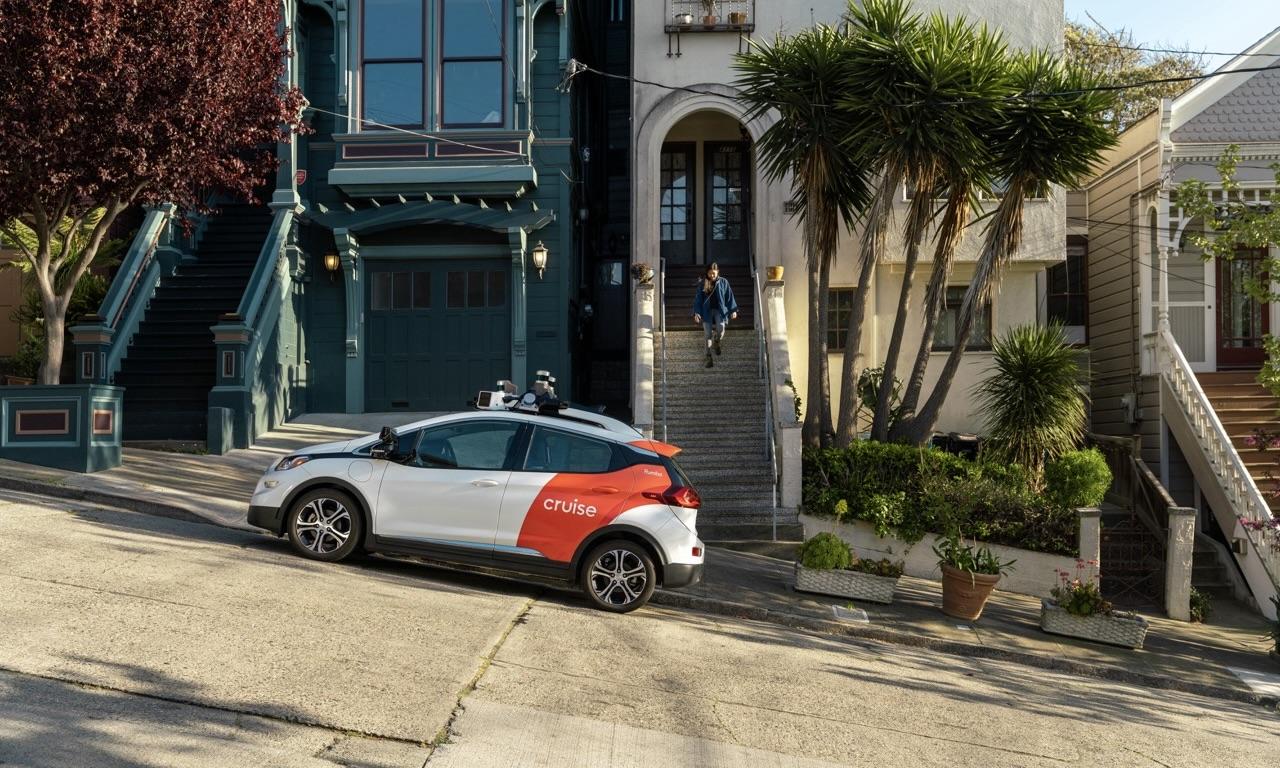General Motors' driverless car unit, Cruise, announced late Thursday that it will temporarily halt all operations nationwide. This decision comes after California regulators ordered Cruise to take its driverless cars off the state roads due to safety concerns.
The California Department of Motor Vehicles (DMV) said that Cruise's driverless vehicles posed a risk to public safety, accusing the company of "misrepresenting" the technology's safety, according to Reuters.
Rebuilding Public Trust: Examination of Processes, Systems, and Tools
Barron's reported that both the DMV and the National Highway Traffic Safety Administration (NHTSA) have doubts about the safety of Cruise's driverless vehicles. The DMV stated that these vehicles are "not safe for the public's operation" and pose an "unreasonable risk to public safety."
Cruise stated that its primary focus is to rebuild public trust. In a proactive step, the company has decided to pause driverless operations across all fleets. During this break, Cruise will thoroughly examine its processes, systems, and tools.
With operations in Phoenix, Houston, Austin, Dallas, and Miami, suspending Cruise's activities is a significant setback for the self-driving industry. General Motors had viewed this sector as a major growth opportunity.
Ongoing Investigations and Precautions for Pedestrian Safety
Cruise clarified that suspending operations is a precautionary measure to address safety concerns, not linked to any new on-road incidents. Supervised autonomous vehicle operations will still take place.
The NHTSA launched a formal safety probe after reports of crashes involving Cruise cars engaging in hard braking, resulting in collisions and injuries.
The NHTSA has initiated a separate probe, specifically focusing on the preventive measures Cruise takes to safeguard pedestrians. These investigations come after a previous incident where Cruise vehicles failed to avoid striking a pedestrian in a hit-and-run accident.
The DMV's stricter guidelines prompted Cruise to remove half its driverless vehicles in August. This action was in response to another crash involving a Cruise vehicle. The DMV pointed out an incident in which Cruise's autonomous vehicle failed to respond appropriately to a pedestrian-related incident due to a lack of capability.
Cruise denies the allegations made by the DMV. The company claims that it had fully cooperated with the authorities and provided all necessary information and video footage related to the accidents under investigation.
Photo: Get Cruise Media Resources



 Boeing Secures $8.6 Billion Pentagon Contract for F-15 Jets for Israel
Boeing Secures $8.6 Billion Pentagon Contract for F-15 Jets for Israel  Boeing Secures Multi-Billion Dollar Defense Contracts for F-15IA Jets and E-4B Aircraft Support
Boeing Secures Multi-Billion Dollar Defense Contracts for F-15IA Jets and E-4B Aircraft Support  Samsung Electronics Secures Annual U.S. Licence for China Chip Equipment Imports in 2026
Samsung Electronics Secures Annual U.S. Licence for China Chip Equipment Imports in 2026  SoftBank Completes $41 Billion OpenAI Investment in Historic AI Funding Round
SoftBank Completes $41 Billion OpenAI Investment in Historic AI Funding Round  Royalty Pharma Stock Rises After Acquiring Full Evrysdi Royalty Rights from PTC Therapeutics
Royalty Pharma Stock Rises After Acquiring Full Evrysdi Royalty Rights from PTC Therapeutics  Air China Orders 60 Airbus A320neo Jets in $9.5 Billion Deal as Airbus Strengthens Grip on China Market
Air China Orders 60 Airbus A320neo Jets in $9.5 Billion Deal as Airbus Strengthens Grip on China Market  Meta Acquires AI Startup Manus to Expand Advanced AI Capabilities Across Platforms
Meta Acquires AI Startup Manus to Expand Advanced AI Capabilities Across Platforms  Citigroup to Exit Russia With Sale of AO Citibank to Renaissance Capital
Citigroup to Exit Russia With Sale of AO Citibank to Renaissance Capital  Lockheed Martin Secures $328.5 Million U.S. Defense Contract for Advanced Systems Supporting Taiwan Air Force
Lockheed Martin Secures $328.5 Million U.S. Defense Contract for Advanced Systems Supporting Taiwan Air Force  Hyundai Faces Deadline on Russia Plant Buyback Amid Ukraine War and Sanctions
Hyundai Faces Deadline on Russia Plant Buyback Amid Ukraine War and Sanctions  Novo Nordisk and Eli Lilly Cut Obesity Drug Prices in China, Boosting Access to Wegovy and Mounjaro
Novo Nordisk and Eli Lilly Cut Obesity Drug Prices in China, Boosting Access to Wegovy and Mounjaro  Applied Digital Stock Rises on AI Cloud Spinoff Plan and ChronoScale Launch
Applied Digital Stock Rises on AI Cloud Spinoff Plan and ChronoScale Launch  Neuralink Plans Automated Brain Implant Surgeries and Mass Production by 2026
Neuralink Plans Automated Brain Implant Surgeries and Mass Production by 2026  Target Stock Rallies as Activist Interest Sparks Hopes for Strategic Change
Target Stock Rallies as Activist Interest Sparks Hopes for Strategic Change  Novo Nordisk and Eli Lilly Cut Obesity Drug Prices in China as Competition Intensifies
Novo Nordisk and Eli Lilly Cut Obesity Drug Prices in China as Competition Intensifies  Anghami Stock Soars After Strong H1 2025 Results, Revenue Nearly Doubles on OSN+ Integration
Anghami Stock Soars After Strong H1 2025 Results, Revenue Nearly Doubles on OSN+ Integration 































